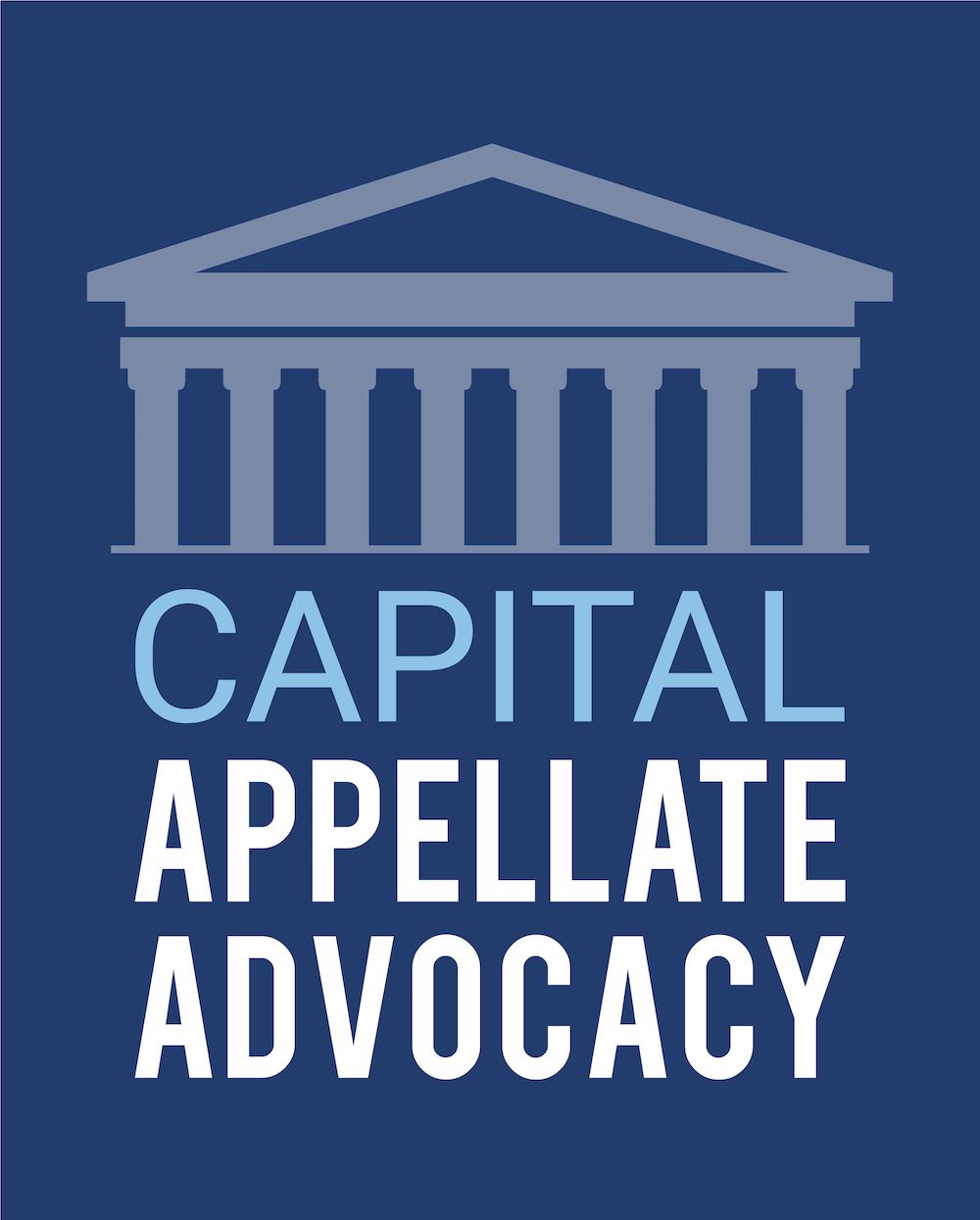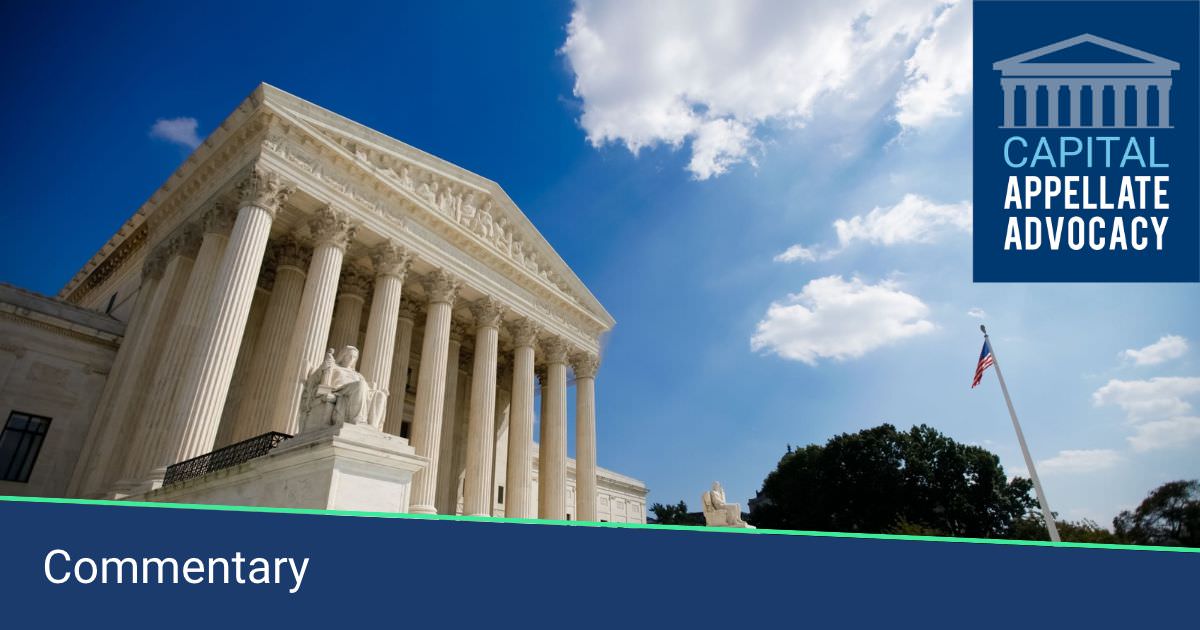Most of the commentary on the Supreme Court’s June 9, 2014 decision in CTS Corp. v. Waldburger, No. 13-339, has focused on the holding that CERCLA does not preempt state statutes of repose which, after a set number of years, extinguish environmental and toxic tort claims—even if the plaintiff-friendly state statute of limitations that § 9658 of CERCLA mandates has not run its course. No doubt the Court’s ruling is important to us civil litigation defense counsel. I submitted an amicus brief on behalf of DRI—The Voice of the Defense Bar advocating the conclusion that the Court reached and the fundamental, textually based analytical approach that the Court took.
But Waldburger also includes an interesting side show, one that is fascinating to those of us who have been tracking the Court’s federal preemption jurisprudence during the past three decades. Justice Kennedy’s majority opinion starts off on the right track. It focuses on the text and structure of § 9658, which functions as an express preemption provision by interjecting into state statutes of limitations an ultra-liberal “federally required commencement date” that does not begin until a tort plaintiff discovers both injury or environmental harm and its alleged cause. The opinion analyzes the plain language of § 9658, which explicitly refers to state statutes of limitations and nowhere mentions state statutes of repose. Not surprisingly, the opinion reaches the conclusion that § 9658 applies only to statutes of limitations and not to statutes of repose. In so doing, the opinion explicitly rejects the Fourth Circuit’s attempt to read statutes of repose into § 9658 merely because CERCLA is a remedial statute. The Court explained such a liberal interpretation cannot “substitute for a conclusion that is grounded in the statute’s text and structure.” Slip op. at 10.
Unfortunately, Justice Kennedy’s opinion does not stop there. It includes a Part II-D, in which Justices Sotomayor and Kagan joined, but Justices Scalia, Thomas, and Alito and the Chief Justice did not. (Justices Ginsburg and Breyer dissented from the Court’s decision.) Part II-D gratuitously invokes the controversial and often disputed “presumption against preemption” of the States’ police powers. Then, as a corollary to that so-called presumption, Part II-D cites two earlier Supreme Court preemption decisions which stated that “when the text of a pre-emption clause is susceptible to more than one plausible reading, courts ordinarily ‘accept the reading that disfavors pre-emption.’” Id. at 17. Yet, the Court did not find that § 9658 is susceptible to more than one interpretation. Indeed, Part II-D states that
the plaintiffs had not shown “with clarity” that Congress intended § 9658 to apply to statutes of repose,in which case—as I argued in DRI’s amicus brief—applicable statutes of repose would “cease to serve any real function.” Ibid.
Justice Scalia, joined by the Chief Justice and Justices Thomas and Alito, filed a separate, one paragraph concurring opinion that joined in all but Part II-D. In his separate opinion, Justice Scalia insisted, as he has since Cipollone v Liggett Group, Inc., 504 U.S. 505 (1992), that the interpretation of express preemption provisions should be governed by “ordinary principles of statutory construction.” In other words, he rejects the “notion . . . that express pre-emption provisions must be construed narrowly,” rather according to the “ordinary meaning” of the language that they employ. See Cipollone, 505 U.S. at 548 (Scalia, J., concurring in judgment in part and dissenting in part).
This division within the Court about presumptions and special rules of construction that should or should not apply to interpretation of “express pre-emption provisions” may persist for years to come. But at least in Waldburger, the debate was academic.

